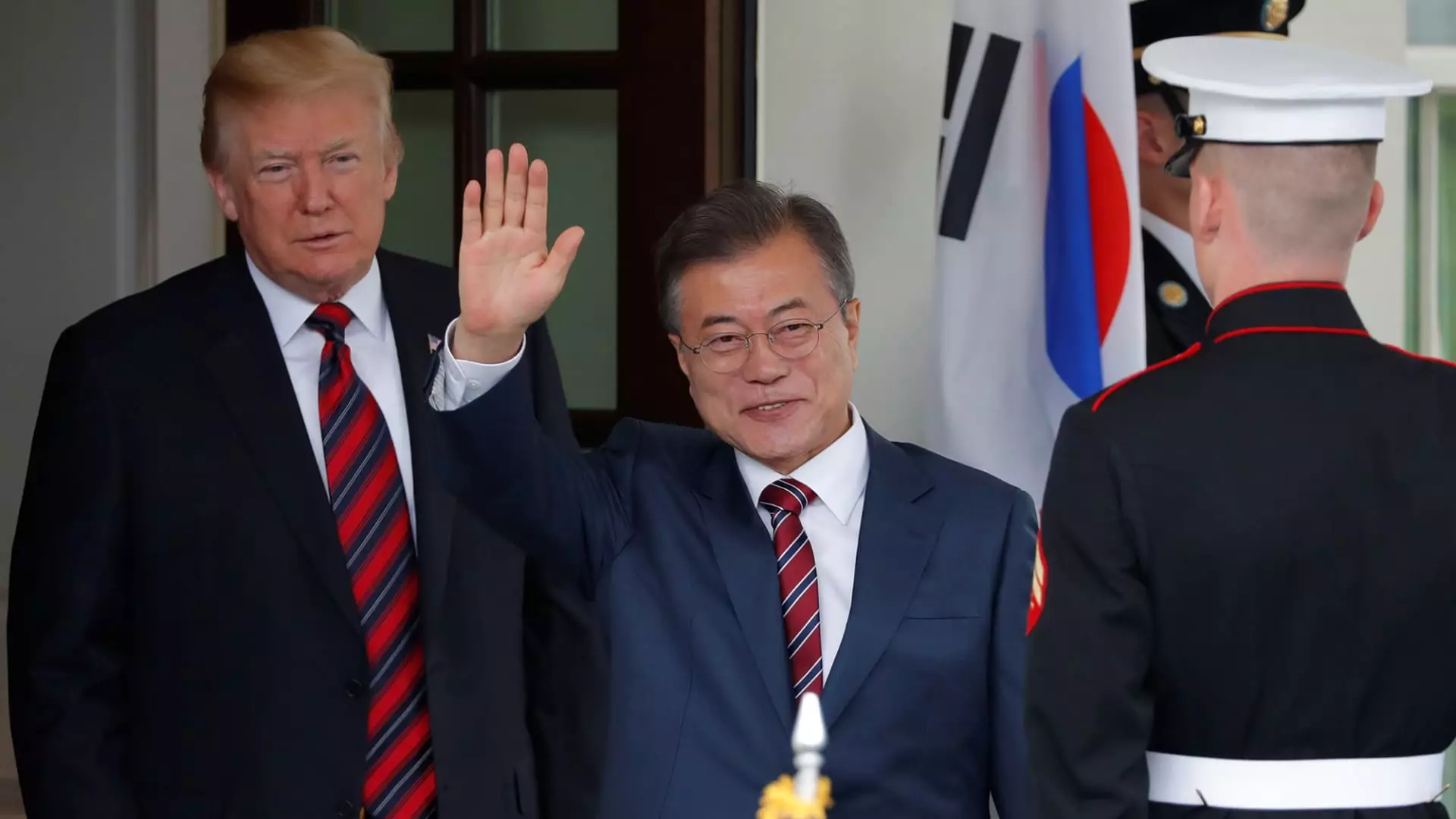The ongoing discourse surrounding President Donald Trump’s proposed tariffs on imports poses significant implications for the automotive sector, especially regarding vehicles produced in South Korea and Japan. As the auto industry grapples with the effects of potential economic changes, an in-depth examination reveals both immediate concerns and long-term effects that could shape its future.
The automotive import market in the United States showcases a complex tapestry of relationships, with South Korea and Japan playing pivotal roles in vehicle sales. In 2024, these two nations accounted for 16.8% of total vehicle sales in the U.S., highlighting their growing influence. South Korea’s automotive market output has notably surged, allowing it to claim the position of the second-largest exporter of new cars to the U.S. This shift has caused discomfort among domestic manufacturers, most notably General Motors (GM), which has increasingly relied on South Korean production for its entry-level models.
Japan, although experiencing a slight decline in market share, still remains a key player with manufacturers like Toyota, Nissan, and Honda contributing significantly to U.S. auto sales. However, these imports are currently subject to a modest 2.5% tariff compared to the steep potential imposition of a 25% tariff on vehicles from neighboring manufacturing powerhouses like Canada and Mexico. This discrepancy raises questions about equity and competitiveness within the North American automotive landscape.
President Trump has hinted at further increasing tariffs, which could exacerbate existing tensions in the auto industry. While some argue that tariffs aim to protect domestic jobs and promote American manufacturing, critics point to the very real danger of passing additional costs onto consumers. This could lead to increased vehicle prices, potentially stifling sales and leading to a decrease in demand for both imported and domestically produced vehicles.
Automakers may face the difficult task of adjusting their pricing strategies in light of new tariffs. For companies like Hyundai and GM, who depend heavily upon their manufacturing operations in South Korea, the ramifications could be particularly severe. The latter saw its imports from South Korea jump from 173,000 to over 407,000 vehicles from 2019 to 2024. With the threat of tariffs looming, such reliance on foreign manufacturing could prove perilous.
In navigating the changing political landscape, automakers’ production strategies must adapt swiftly while maintaining consumer-driven outputs. Terence Lau, a trade expert, suggests that while the automotive industry possesses a remarkable ability to adjust, these shifts do not happen overnight. Companies that can efficiently manage their supply chains and manufacturing locations stand to mitigate the impacts of tariffs more effectively than those who fail to plan strategically.
The challenge lies in the management of increased production costs. If tariffs rise beyond a minimal level, the impact on profit margins becomes increasingly critical. As argued by automotive executives, a 10% tariff and above can undermine profitability significantly, prompting a reevaluation of import strategies.
Amid this economic turmoil, a call for comprehensive tariff policies resonates through the industry. CEOs like Jim Farley of Ford advocate for a broader examination of tariff structures rather than a selective approach that could unintentionally favor certain manufacturers while penalizing others. The overarching sentiment is that a holistic view will ensure that all players in the auto market are treated equitably and that no single nation benefits disproportionately.
As the debate unfolds, the Biden administration’s approach remains uncertain. The potential implementation of “reciprocal tariffs” remains on the table, adding layers of complexity to trade relationships. The focus should be on building mutually beneficial trade agreements rather than relying on tariffs as a means to negotiate agreements, which could alienate key trading partners.
The U.S. auto industry’s future hangs in the balance as the threat of increased tariffs looms. Manufacturers must navigate the trade intricacies while balancing their pricing structures, production strategies, and international relationships. The path forward requires a keen awareness of both domestic market dynamics and global trade implications. Ultimately, a well-thought-out approach that embraces equitable trade practices will be critical to the industry’s long-term resilience and success. Creating a cohesive strategy will not only safeguard the industry against potential economic downturns but will also strengthen U.S. manufacturing as a whole, providing hope in a climate where uncertainty threatens vast sectors of the economy.

